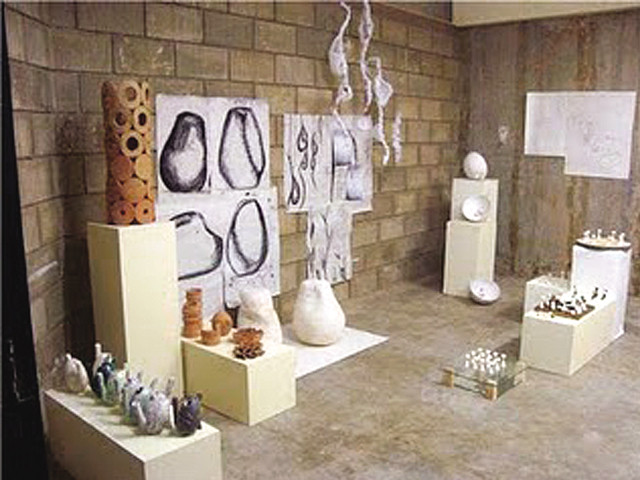A potter's life: The fire of creation
A potter's life is one of creation and reincarnation, just like the circle of life itself.

There are many kinds of kilns, and with time a lot of potters have learnt to tame the flames and their kilns. But with change has also come the debasement of the art. Technology has swallowed the rawness of the kiln, the simple beauty of its form. It has tamed and subdued the kilns to mere boxes of fire controlled by a tiny gauge. While the job may have become easier, the exquisite, ancient effects achieved when firing huge kilns with wood are unattainable with the modern kilns. To achieve that kind of perfection means returning to the primitive form of the kilns.
Wood firing techniques are used throughout the world, but it was the Chinese and later the Japanese potters that first developed the techniques. As the name implies, it is a kind of firing that uses wood as fuel. These are very high temperature firings in which temperatures can reach as high as 1280oc to 1400oc in a matter of days or weeks. During the firing, the firers rake and shake the cinders to make ash fly with the fire. This ash, when it enters the inside of the kiln, deposits onto the wares and after a time when the temperature rises higher than its melting point, it melts onto the pieces, thus producing enigmatic splotches of glaze over the wares. These glassy, glaze like drips are called ash melts and are only inherent in traditional wood-firings.
Other traditional firings include pit/smoke firings where the wares are packed into a pit and covered with combustible material. A small fire is lit and then the kiln is completely covered, just leaving enough room for the soft dying fire to breathe. In doing so, it produces excessive amounts of carbon and the wares get painted with carbon flames. When this firing is duplicated in a controlled electric or gas kiln, one can never produce the beauty of the unpredictable dying flame.
It’s true that technology makes life easier and makes many things more convenient, but instead of bartering away the soul of the art in order to save time and effort it is better to return to the origins, ancient though they may be.
Published in The Express Tribune, January 30th, 2011.


















COMMENTS
Comments are moderated and generally will be posted if they are on-topic and not abusive.
For more information, please see our Comments FAQ